
Where Social Media Is Headed in 2017: The Biggest Trends to Watch For
Head of Content at Buffer
What does the future look like for social media?
That’s a question we regularly discuss here at Buffer and one we’re not quite sure anyone has a concrete answer to. However, there are some clues out there as to what the future in 2017, and beyond, may look like.
As part of our State of Social Media week, it feels like a great time to sit back and reflect on the social media landscape and what may be ahead. So let’s take a look at some of social media’s biggest platforms (Facebook, Instagram, Snapchat, and Twitter) and discuss where they’re heading and what trends to look out for in 2017.
Ready to jump in?

The standardization of platforms
Before we jump into each platform individually, I first wanted to touch on something that’s been a trend throughout the year.
2016 has been a period of consolidation for many of the biggest social media platforms out there. It seems that most products launch in a niche, with a unique perspective or angle, and then once they begin to hit critical mass, they start to blend into one another.
Let me explain…
Until the launch of Memories, Snapchat had always been about unpolished, in-the-moment content. Instagram was always the place for us to share only our best images and videos until they opened up Stories and encouraged users to share more Snapchat-like content.
The blur between Snapchat and Instagram isn’t the only case of platform consolidation we’ve seen in 2016 either. For example:
- YouTube is testing community features allowing creators to share text and image based posts (aka, Facebook)
- Facebook is trying to be the go-to place for news and trending stories (aka, Twitter)
- Facebook is testing disappearing messages in Messenger (aka, Snapchat)
In 2017, I believe we’ll likely see more of this trend with every the major platform battling it out to become the go-to place for short, snackable and in-the-moment content. And by the end of 2017, we’ll likely see most of the major platforms enabling users to:
- Create and share video content
- Create and share live video content
- Discover news and what’s going on around them (based on location)
What’s coming next for the biggest social media platforms? 15 trends to watch out for
In 2016 we’ve seen some fairly huge changes to the biggest social media platforms out there, and below we’ll break down the year’s biggest feature releases and acquisitions for 2016 and provide three predictions on what trends to watch in 2017.
Below are some quick links to jump to your favorite platform:
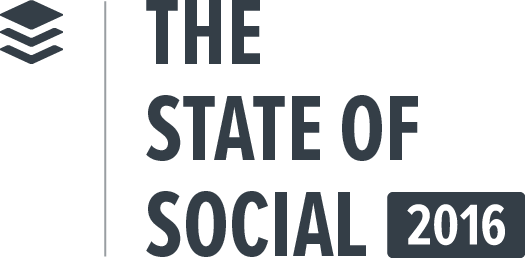
A handy guide to navigating what’s coming up next in the social media world.
Platforms:
2016 has been another record-setting year for Facebook. In their latest earnings report, the Menlo Park-based company shared that it earned $7.01 billion in revenue during Q3 2016 and now has 1.79 billion monthly users (up 16% from Q3 2015).
Here’re some highlights from Facebook’s 2016:
Significant launches
? Marketplace: A convenient destination to discover, buy, and sell items with people in your community.
? Reactions: Facebook Reactions enable you to express yourself with five additional emojis, alongside a “like.”
? Instant Articles: Fast, interactive articles on Facebook. Instant Articles load up to 10 times faster than the mobile web.
? Facebook Live: Live is like having a TV camera in your pocket. Anyone with a phone now has the power to broadcast to anyone in the world.
Acquisitions:
? Masquerade (MSQRD): Masquerade allows users to record video selfie animations, change the way you look and send it to friends via your favorite messengers and social networks.
Facebook has already begun testing a MSQRD integration within the News Feed. Here’s an example selfie filter – similar to Snapchat’s selfie Lenses – that was tested during the Rio 2016 Olympics:
? Two Big Ears Ltd: Two Big Ears is a Scottish company specializing in creating efficient audio toolkits for game and virtual reality developers.
? Eyegroove: Eyegroove is the social network for music video, and a technological platform that, for the first time, effortlessly brings together all the elements of great video: music, editing, and effects.
3 Facebook trends to watch in 2017 and beyond
1. Video climbing towards the peak
Facebook bet huge on video in 2016 and my hunch is that trend will only continue to grow in 2017 before we hit the peak and video becomes less effective on Facebook. This trend appears to be on many marketers minds, too, with 30% of respondents in our State of Social Media survey saying Facebook video is the #1 channel they’re looking to add to their efforts in the next 12 months. Eighty-three percent of marketers also said they’d like to create more video content if they didn’t have restraints such as time and resources.
2. AR, lenses and filters
Pokémon Go and Snapchat selfie lenses brought augmented reality (AR) to the forefront of global attention this year, and in 2017, we’ll likely see Facebook becoming a major player and leader in the AR space.
In their Q2 earnings call, Mark Zuckerberg shared some thoughts on AR:
“I like everyone else am enjoying Pokemon Go. The biggest thing that I think we can take away from this as we invest in augmented reality in addition to virtual reality is that the phone is probably going to be the mainstream consumer platform [where] a lot of these AR features first become mainstream, rather than a glasses form factor that people will wear on their face.
I think we’re seeing this in a number of places, whether it’s location through Pokemon or some of the face filter activity, I referenced the Masquerade app that we acquired earlier in my remarks. That’s kind of a fun way to augment social experiences that you’re having with someone. I think there’s a big opportunity to build out that platform and a lot more functionality around that.
And one of the big themes that we’re talking about here is becoming video first. And as people look for richer and richer ways to express themselves, just like people in the past have shared a lot of text and photos on Facebook, we think in the future more of that is going to be video, and more of these augmented reality tools I think are going to be an important part of delivering that experience and making that fun to use and expressive as it can be.”
From this quote, it’s clear that Zuckerberg believes the device to help scale AR is likely to be the smartphone — a device already widely used — rather than an AR headset or glasses. This theory is proved by people’s eagerness to experiment with Snapchat lenses and Pokémon Go on their smartphones.
Their acquisition of Masquerade could play a key role in this, and we’ve Facebook has already begun experimenting with lenses and masks in Facebook Live – enabling users try on a variety of different masks when sharing live video.

3. Growth of search
In Facebook’s Q2 earnings report, Mark Zuckerberg revealed that Facebook now sees 2 billion searches per day, up from 1.5 billion a year ago. Google still leads the way in search, with 3.5 billion searches per day. But with Facebook showing strong growth in this area, it may not be too long before we see Facebook pursuing the ad dollars traditionally reserved for Google.
Search could also prove to become a key part of increasing your reach on Facebook and driving attention to the content you post on the platform. It’ll be interesting to see how this unfolds and it definitely feels like a topic we’ll dive into more on the Buffer Social blog over the coming months.
It’s been an incredible year for Instagram. The Facebook-owned company has gone from strength-to-strength with some key product launches and also hit 500 million monthly users.
Here’re some highlights from Facebook’s 2016:
Significant launches
? Stories: Instagram Stories enables users post photos and videos that vanish after 24 hours, much like Snapchat Stories.
? Business tools: Business tools include new business profiles, analytics and the ability to create ads from posts directly within the Instagram app.
Acquisitions:
The Facebook-owned company hasn’t acquired any businesses directly, but we may see its product benefit from some of Facebook’s recently acquired audio- and video-editing tech.
3 Instagram trends to watch in 2017 and beyond
1. Business tools
Instagram is getting serious about businesses users. And though Business Tools hasn’t been one of Instagram’s most talked about feature releases of 2016, it could be one of the most important.
Instagram worked with hundreds of businesses to understand what was needed to enhance their Instagram experience, and three key needs became clear—stand out, get insights and find new customers. And the release of Business Tools brought with is business profiles, analytics and the ability to create ads from posts directly within the app.
As Instagram continues to enhance it’s ad product alongside Facebook, we’ll likely see business profiles and tools continue to evolve in order to make it easier for businesses to drive traffic and revenue from their Instagram profiles.
2. Live video
Instagram wants to be the place “to capture and share the world’s moments,” but not every moment worth sharing is perfectly framed and filtered like the feeds of many of Instagrams 500 million monthly users. The release of stories has helped to encourage users to share more off-the-cuff, Snapchat-style content to Instagram, but live could take this to the next level.
In 2016, Facebook has been extremely bullish on live video, and has shared that its users watch live videos more often and for longer periods of time than non-live videos. So it’s no surprise to see Instagram is testing live video too (though there’s been no confirmed launch date for this feature yet).
3. The evolution of Instagram Stories
In August, Instagram launched 24-hour Snapchat-style stories to “fill the gaps” between the posts in our Instagram feed, as Kevin Systrom explained to The Verge:
If Instagram is built around highlights, we’re filling in the space in between — and becoming more about visual expression in general. We’re capturing all the world’s moments, not just the best ones.
Stories have already evolved, and with one of Instagram’s latest updates, stories could potentially provide businesses with a way to drive some all-important traffic from Instagram. Instagrammers with verified accounts can now share links through Instagram stories using a neat ‘See more’ action which loads content in an Instagram-contained browser when a user swipes up on a story. As of now, it’s a test for verified Instagram accounts, but hopefully, we’ll see this rolled out to all users in the coming months.

With live video on the way alongside stories, Instagram seems fully committed to help its users to “fill the gaps” and become the place for people worldwide to share every moment, not just the most memorable moments.
In our State of Social Media survey, we found only 29% of markers have created a story on Instagram or Snapchat and with the ability to now create links from stories, it feels like we could see a bunch more businesses jump into stories during 2017.
Snapchat
From the release of Moments, where Snapchat wanted to become your new camera roll to the launch of their first physical product, Spectacles, 2016 has been eventful for Snapchat and its parent company Snap Inc.
Here’re some highlights from Snapchat’s 2016:
Significant launches:
? Memories: Memories enable Snapchat users to share photos and videos captured outside of Snapchat to your stories.
? Spectacles: Spectacles are sunglasses that Snap! Tapping a button on the glasses enables you to record from your perspective. Then, relive the moment later in Snapchat.
Acquisitions:
? Vurb: Snapchat has always been intrinsically linked to celebrating and sharing our lives in the moment. And the acquisition of Vurb could solve one of the platform’s biggest issues: discovery. Vurb is a local app helping consumers find local things to do and letting them save their ideas.
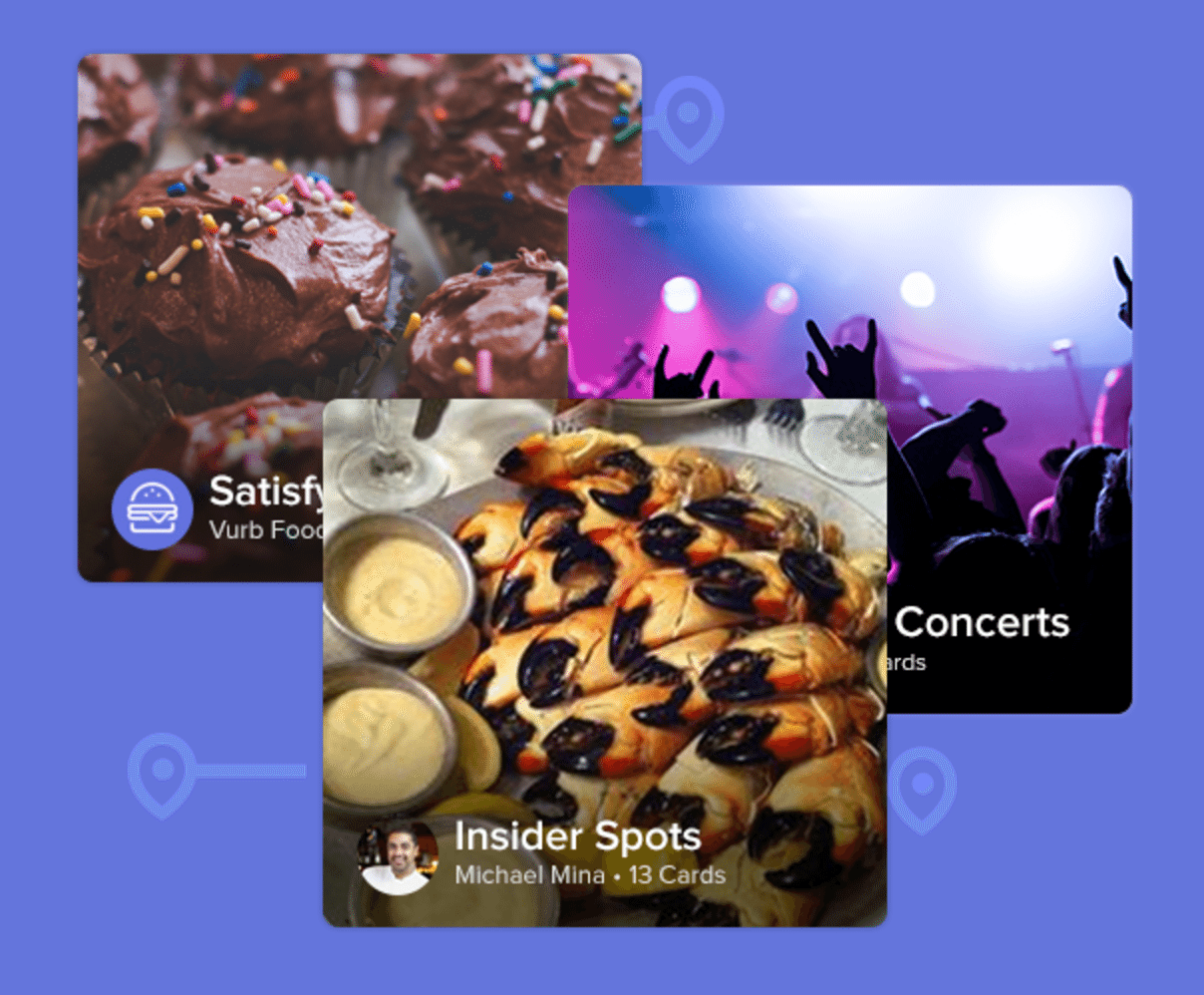
? Bitstrips: Bitstrips gives you an entertaining and dynamic visual identity that lets you express yourself in ways that words can’t capture.
3 trends to watch in 2017 and beyond
1. The evolution of Spectacles
With the release of Spectacles, Snapchat has succeeded where Google and many of companies have failed – they made tech-filled glasses cool. And a lot of that has come down to the way they’ve marketed the product. As Josh Constine said on TechCrunch, “If you want to make something cool, don’t give it to geeks first.”
Spectacles are a fun product, predominantly aimed at Snapchat’s core teenage audience. And by making them scarcely available and not providing tech early adopters and journalists first access, Snapchat’s own users and not the media are spreading the word about Spectacles, making them seem cool and importantly making Snapchat users across the globe want a pair.
As Snap Inc’s first venture into physical products, it’ll be interesting to keep an eye on how Spectacles are used in 2017 and how Snap looks to evolve the product.
2. Improved ad product
Snapchat opened up sponsored geofilters to everyone in 2016, enabling businesses of all sizes and individuals to create and sponsor their own filter in a location of the choice. And in 2017, I think we’ll see Snapchat double down on its ad product to enhance targeting and analytics for its advertisers.
We’ve already seen some signs of this, with Snapchat and Foursquare announcing a deal to power geofilters with more data so that marketers can use to pinpoint where their ads are served – this enables advertisers to be far more specific with the locations their geofilters will be available, as Lauren Johnson explains in AdWeek:
“A retailer could home in on a specific store location instead of zeroing in on the larger shopping center. Or a fast-food brand will be able to pinpoint specific restaurants. Previously, brands have targeted broader spaces, like thousands of high schools, with Snapchat’s location-based ads. According to Snapchat, the deal will open “thousands” of locations and categories for brands to buy ads against, like “parks” or “museums.”
3. The rise of circular video
When Snap Inc unveiled Spectacles, they also announced a new circular video format.
Spectacles can record with a 115-degree field of view – similar to that of a human eye. The key benefit of this is that no matter what device you’re viewing on, you can view the content full screen in any orientation. So you could turn your smartphone from landscape to portrait while watching a video and you’ll still see the video full screen.
Here’s a quick demo of circular video in action:
With circular video, Snapchat has solved the age-old argument of whether video should be recorded and shared in landscape or portrait. And as more and more people begin to consume video on mobile devices and tablets, circular video could become the norm (and personally, I hope it does).
In 2016, Twitter has refocused. It’s no longer a social network, it’s a news product – Something that CEO, Jack Dorsey, honed in on in a recent message to Twitter’s employees:
Twitter is what’s happening, and what everyone is talking about (literally!). News and talk. We’re the people’s news network.
People choose us for news because we’re the fastest. Fastest to get news, and fastest to share news with the whole world. Now let’s strive to be the first. The first place people check to see what’s happening…and the first place to break what’s happening. In the moment LIVE, or a fast recap of what we know so far…what matters.
Here’re some highlights from Twitter’s 2016:
Significant launches:
? Moments: Twitter Moments enable users to stitch together multiple tweets into slideshow-like stories.
? Customer support features: Easier ways for businesses to provide support to their customers on Twitter.
Acquisitions:
? Peer: Peer creates a safe, trusted way for people to share anonymous feedback.
? Magic Pony Technology: Advanced video upscaling, compression and enhancement
3 Twitter trends to watch in 2017 and beyond
1. Live content and broadcast partnerships
Twitter wants to be the home of what’s happening, and what everyone is talking about across the world. And through Periscope, we may see Twitter focusing more on trending videos and live streams during 2017, alongside with their broadcast partnerships with organizations like the NFL.
For brands and marketers, this could mean a ton of real-time conversation around the shows and events Twitter broadcasts live and open up opportunities for reactive content and adverts around events broadcast on Twitter.
2. Solving harassment issues
Twitter has long been plagued by harassment issues and with the release of new ‘mute’ product and policy updates they’ve begun the steps to clean up their platform. On the product side, Twitter has enhanced its mute functionality by allowing users to filter specific phrases, keywords, and hashtags. Charlie Warzel explained more about this update on Buzzfeed:
Twitter’s new mute tool will go a step further, allowing users to mute entire conversation threads. This will allow users to stop receiving notifications from a specific Twitter thread without removing the thread from your timeline or blocking any users. And according to Twitter, you’ll only be able to mute conversations that relate to a tweet you’re included in (where your handle is mentioned).
Twitter is also looking to add a new “hateful conduct” reporting option and make changes to its policy regarding how it deals with users who share hateful and abusive language.
Whilst this one may not be so much of a marketing trend, it feels like a key thing to keep an eye on during 2017 to see how Twitter cleans up its timeline and makes the platform a more inclusive, welcome place for all.
3. More focus on customer service
Twitter has focused a great deal on enhancing customer support on Twitter for both brands and their customers, releasing a range of features to try and make the process smoother. Providing top-class support on twitter has become a priority for many brands and I could see Twitter looking to give its business users even more tools to improve the experience during 2017.
Quickfire: Pinterest, LinkedIn, YouTube
1. Pinterest Promoted Pins
In March, Pinterest opened up Promoted Pins to businesses of all sizes. And if you’re looking to grow your business through Pinterest in 2017, Pinterest Ads and Promoted Pins could be a great strategy. The data so far has been encouraging, too – showing advertisers who use the Pinterest Ads Manager received an average of 20% more (free) clicks in the month after the start of a Promoted Pins campaign.
2. Microsoft acquires LinkedIn
LinkedIn was acquired by Microsoft for $26.2 billion in June. As the only professional-focused social network that has achieved meaningful scale, LinkedIn is an extremely unique asset for Microsoft and it’ll be interesting to see how the product evolves under Microsoft and how the tech-giant monetizes its ownership of the social network.
3. Branded content on YouTube
In the last year alone, the top 100 advertisers have increased their spend on YouTube video ads by 50 percent. That’s an impressive stat and shows the power of video for marketers and advertisers.
YouTube has also seen an increase in brands partnering with creators on branded content opportunities such as product placements, promotions and sponsorships. To help increase the number of branded content opportunities available to YouTube creators and advertisers, Google acquired Famebit – a technology platform company that helps creators and brands find and work with each other.
In 2017, I believe we’ll see creator and brand partnerships flourish on YouTube and other networks as marketers seek to connect with creators’ dedicated and passionate audiences in an authenic, non-intrusive manner.
Over to you
Thanks so much for reading. I hope you found a few interesting takeaways and trends to keep an eye on in 2017 and beyond here.
I’d also love to know what trends and platforms you’re keeping an eye on. What are the key trends you’re prediciting for 2017? What platforms are you most excited to use? I’d love to continue the conversation in the comments below.
Try Buffer for free
140,000+ small businesses like yours use Buffer to build their brand on social media every month
Get started nowRelated Articles
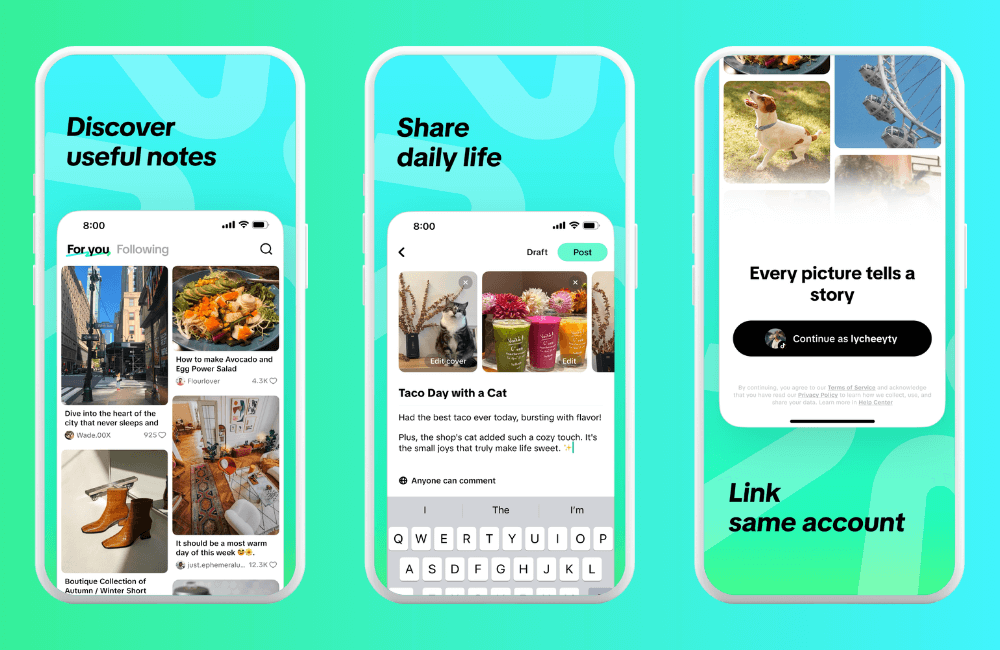
TikTok Notes is coming — and the new text and photo-sharing app is not just an Instagram clone. Here's everything we know about the platform so far.
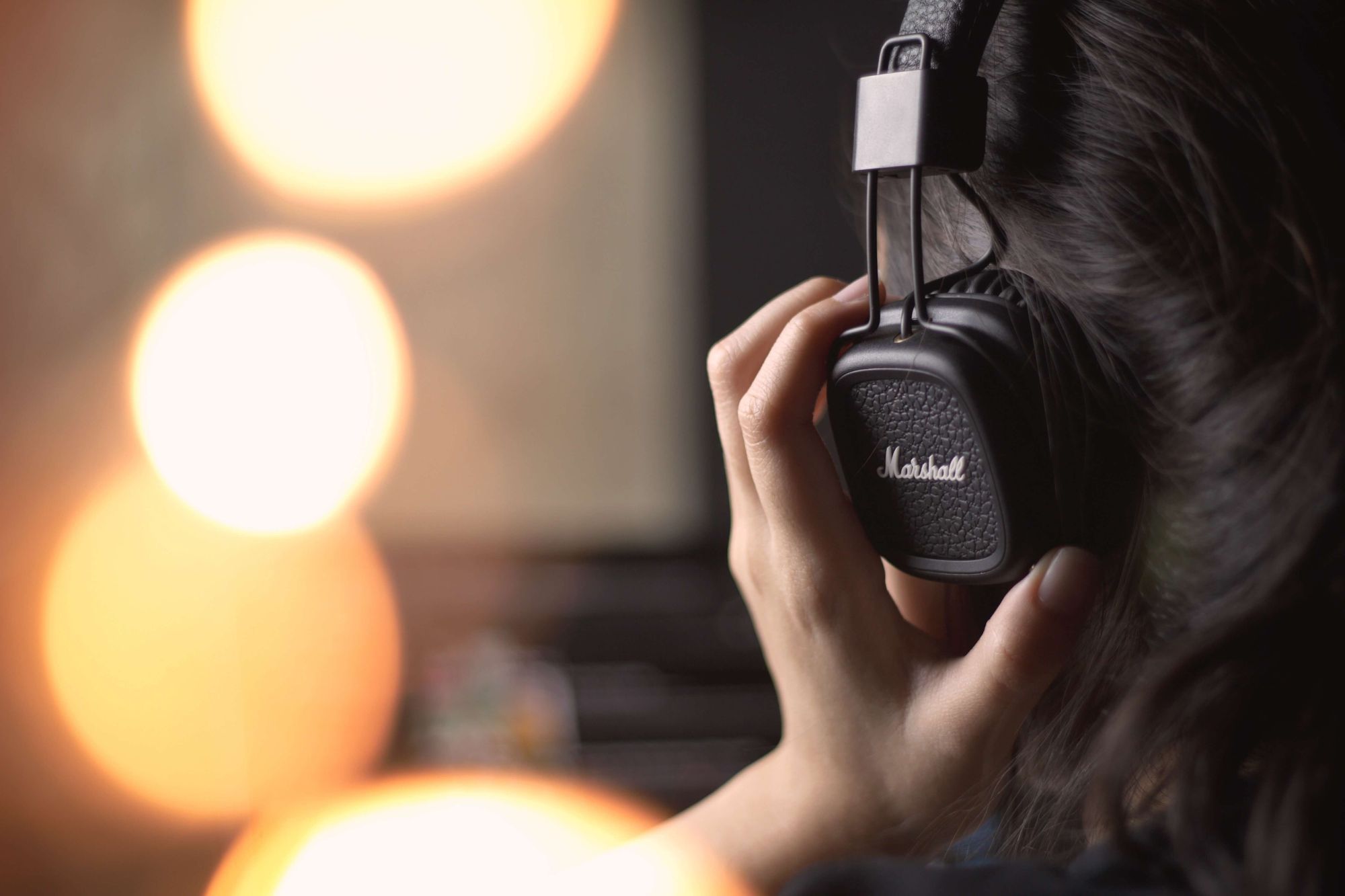
How to source the best audio clips for your TikToks while they’re still popular, plus examples of TikTok sounds with staying power.
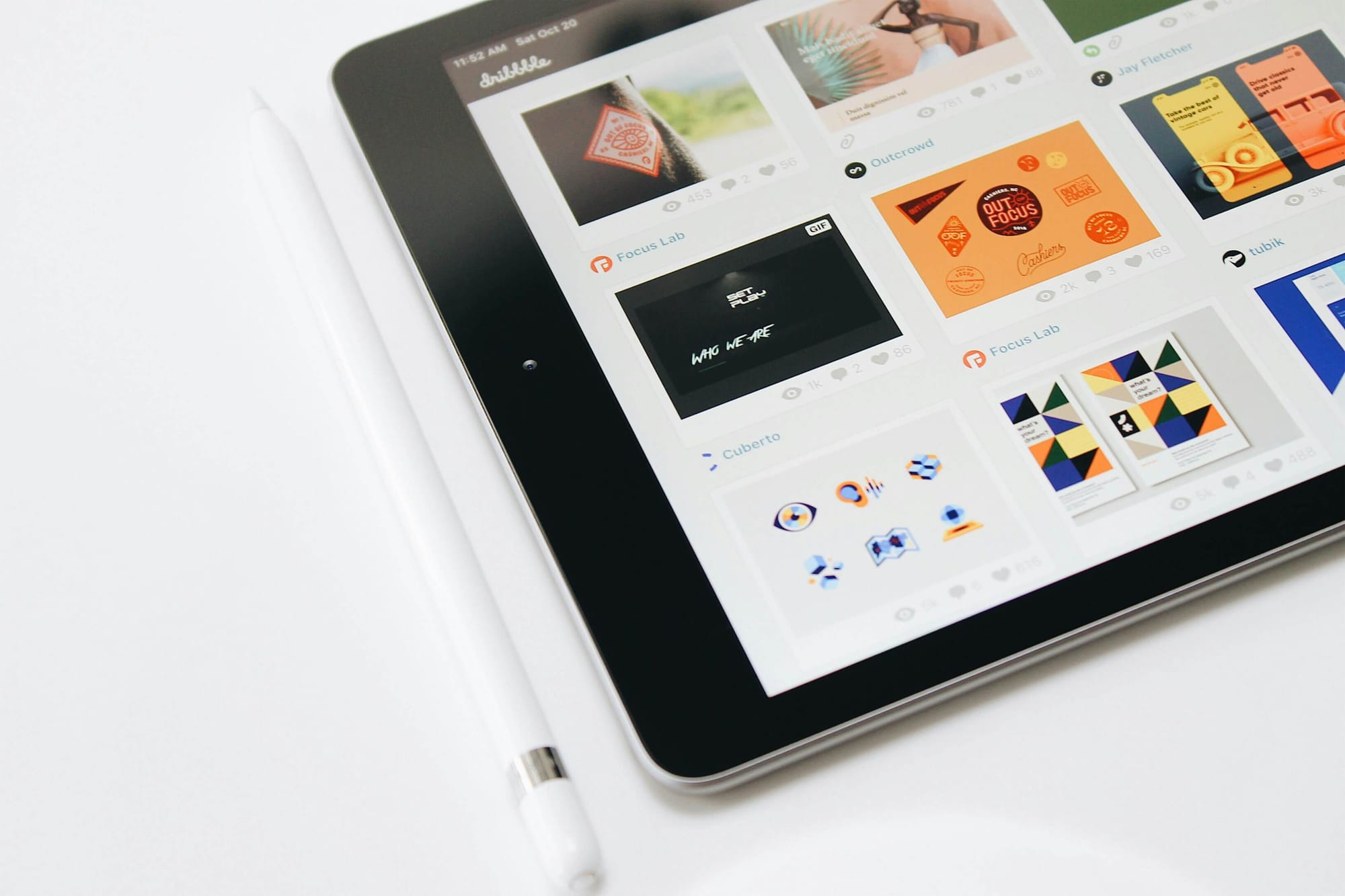
In this article, we've curated the top five graphic design trends for social media branding in 2024.